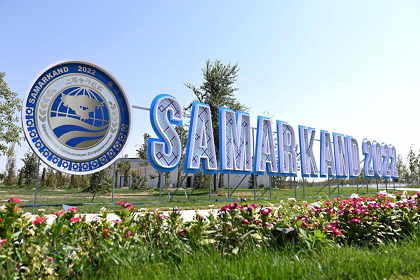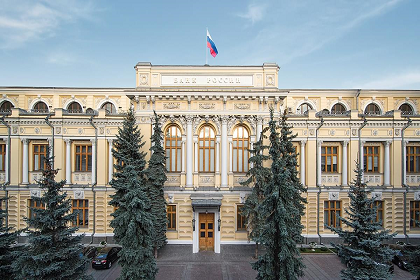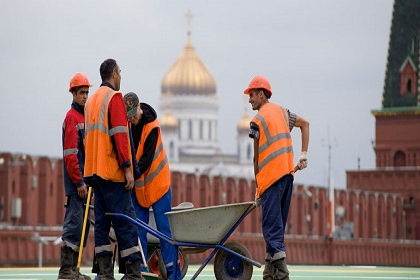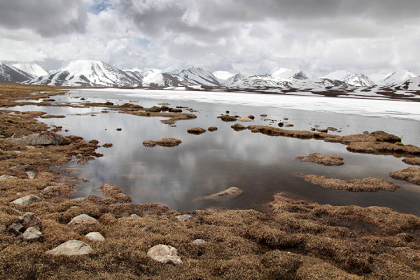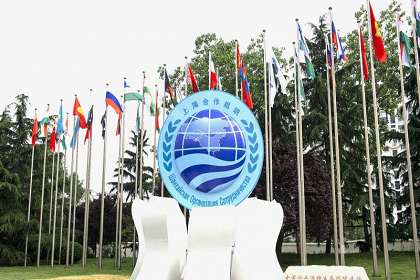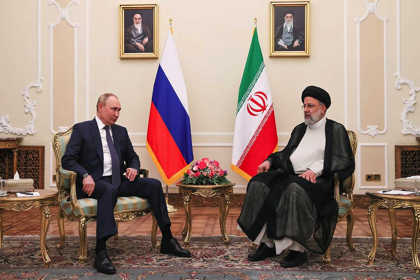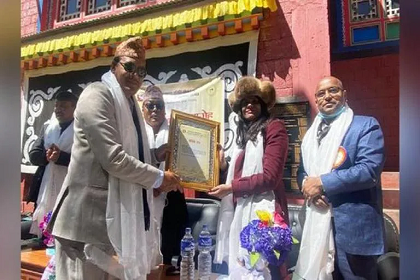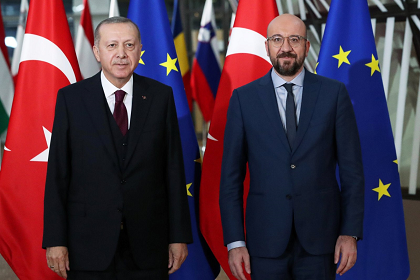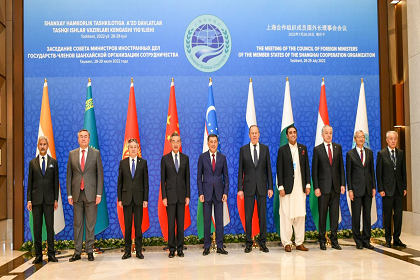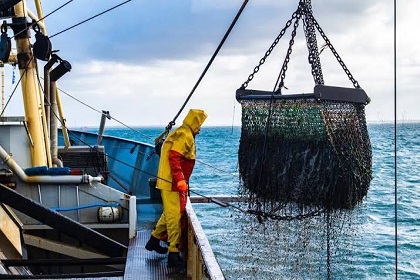SCO seeks cooperation amid conflict
The upcoming SCO Summit led by Uzbekistan seeks to ignite a ‘Samarkand Spirit’ where nations are indivisible and not fragmented, and connected by trade and investment. This is a welcome positive note in the backdrop of the Ukraine-Russia conflict, where Central Asia is now being impacted by diminishing essential commodities, depreciation of local currencies, and reduced remittances from its migrant workers in Russia.

